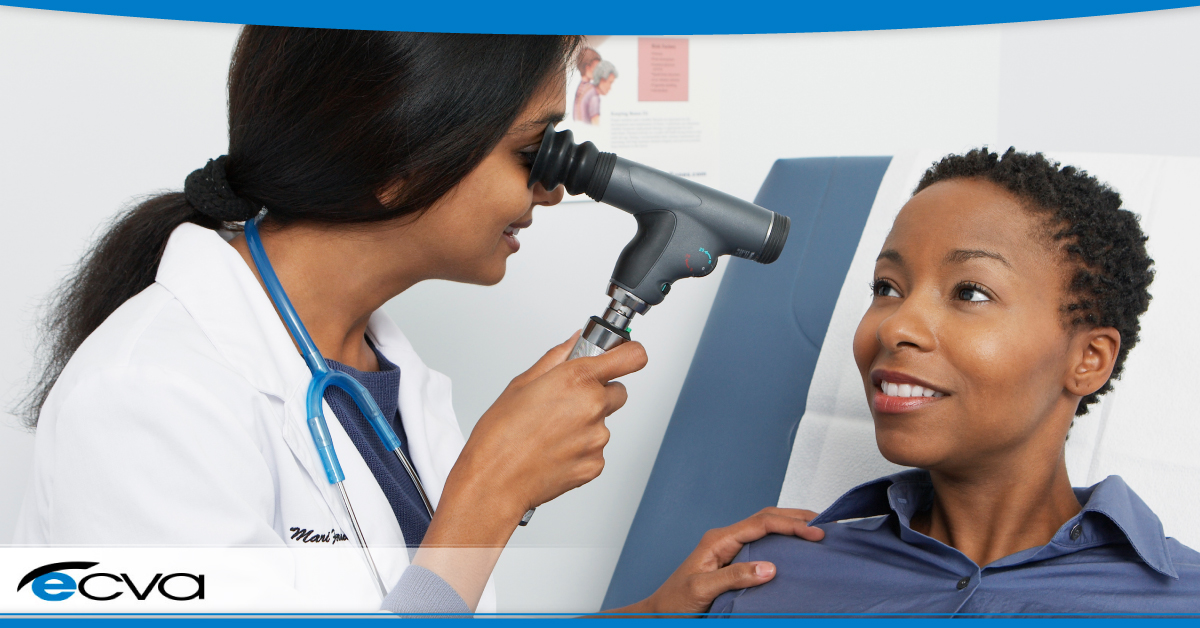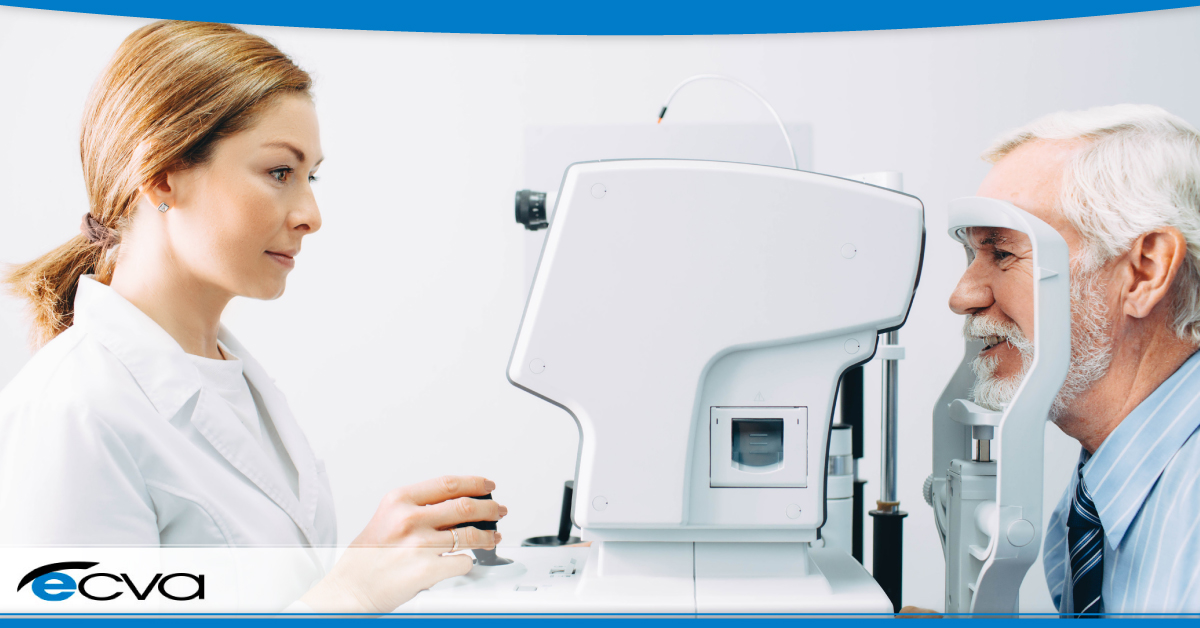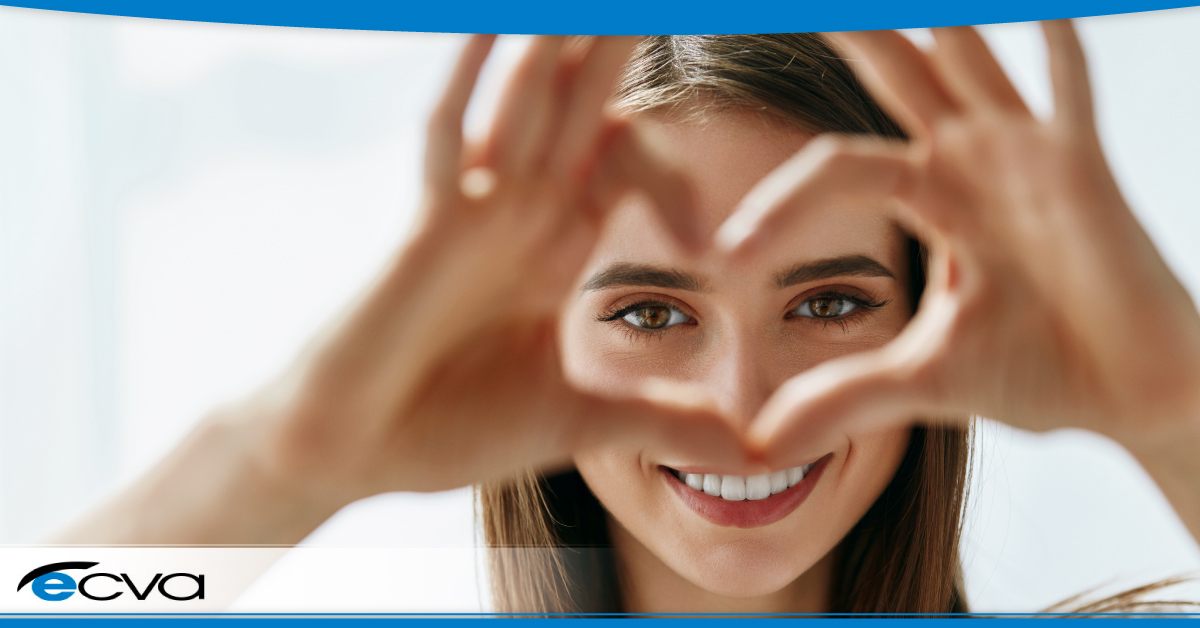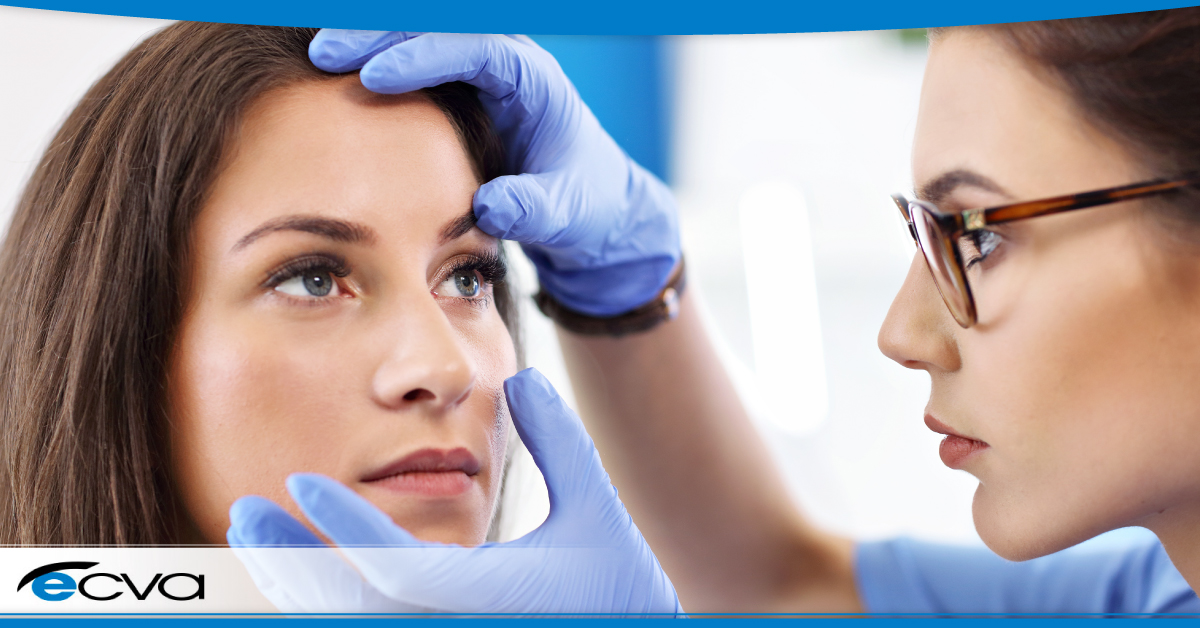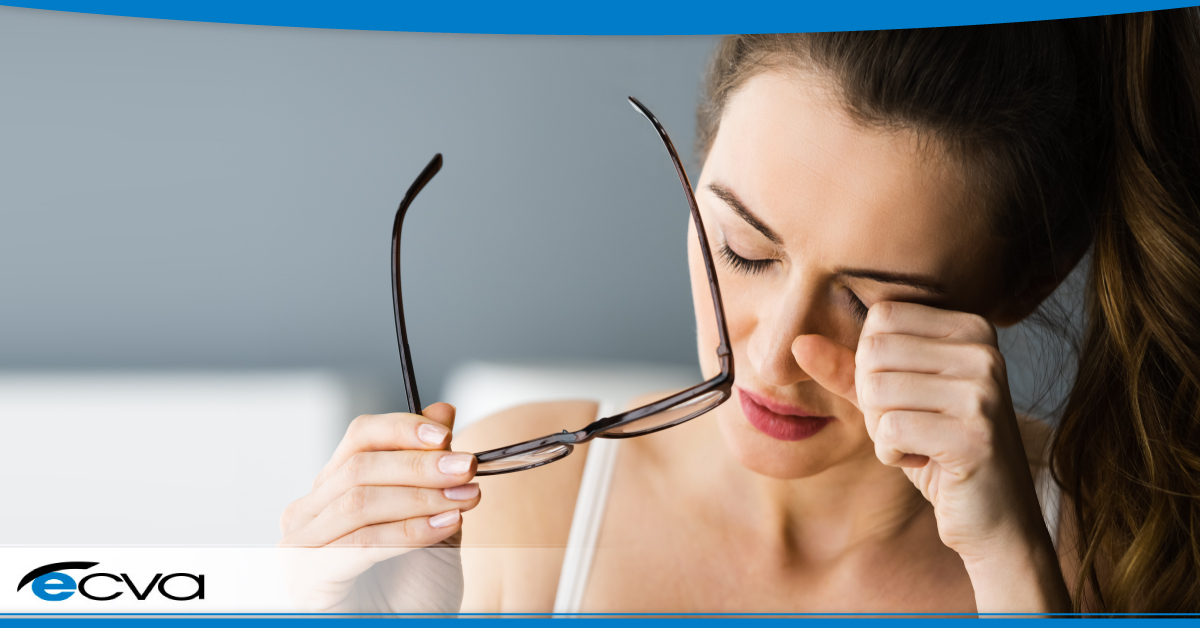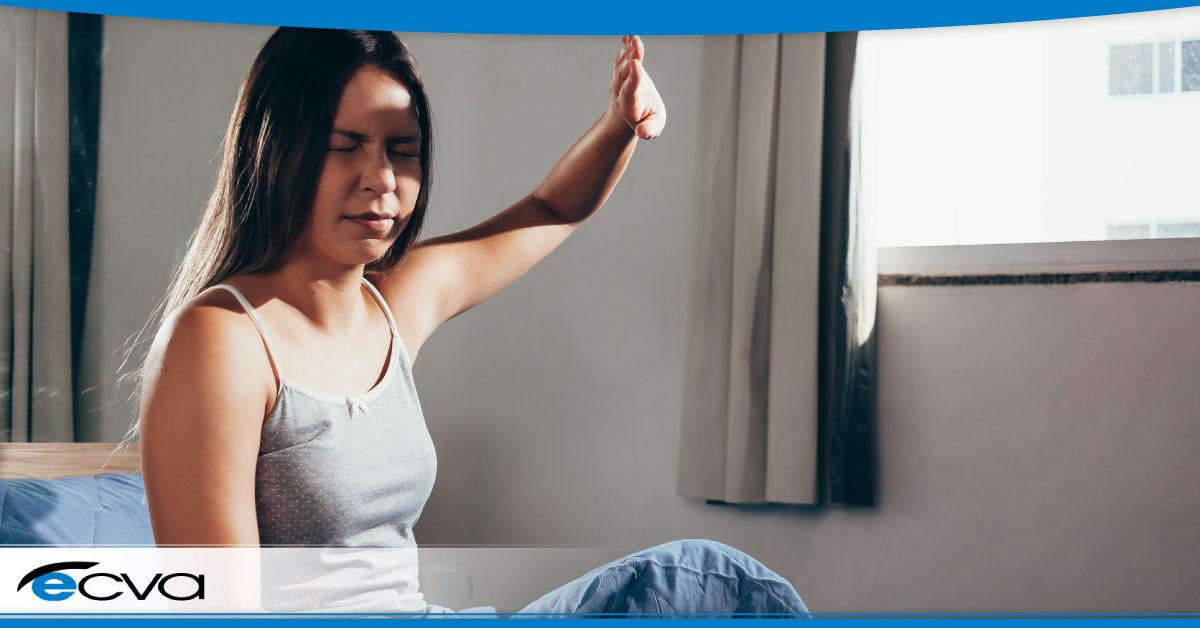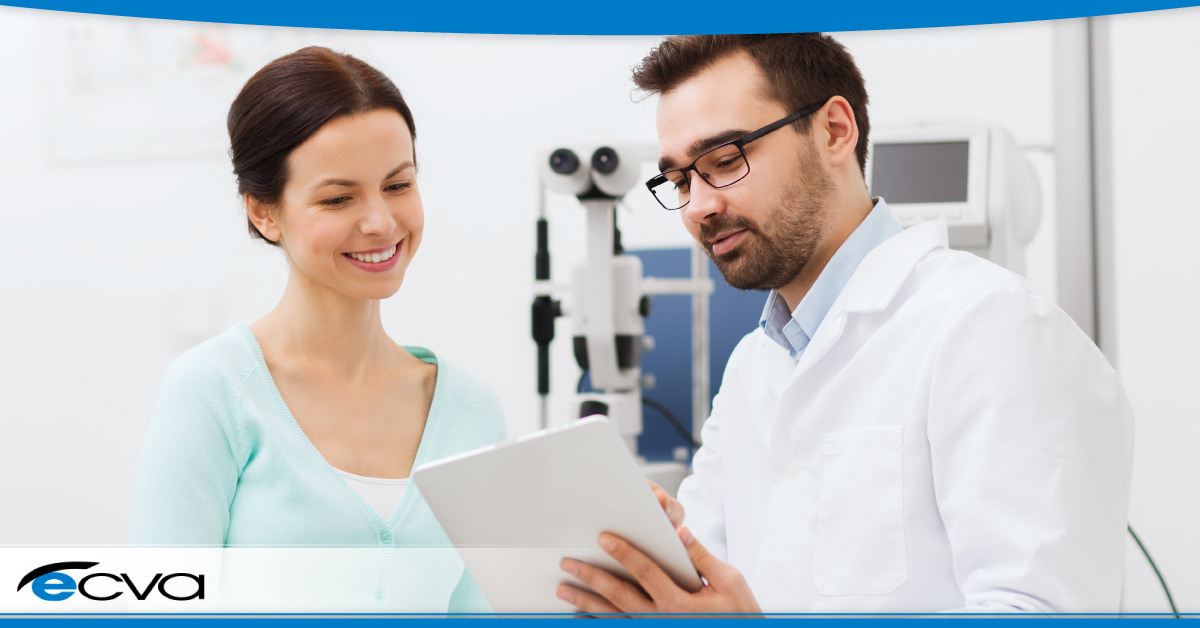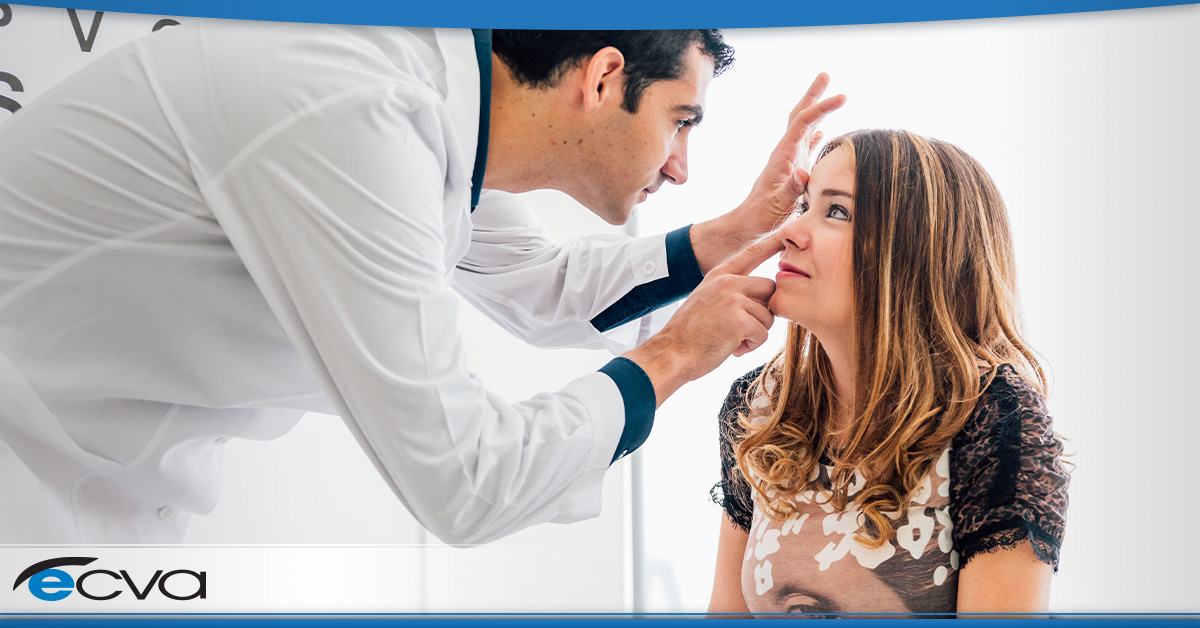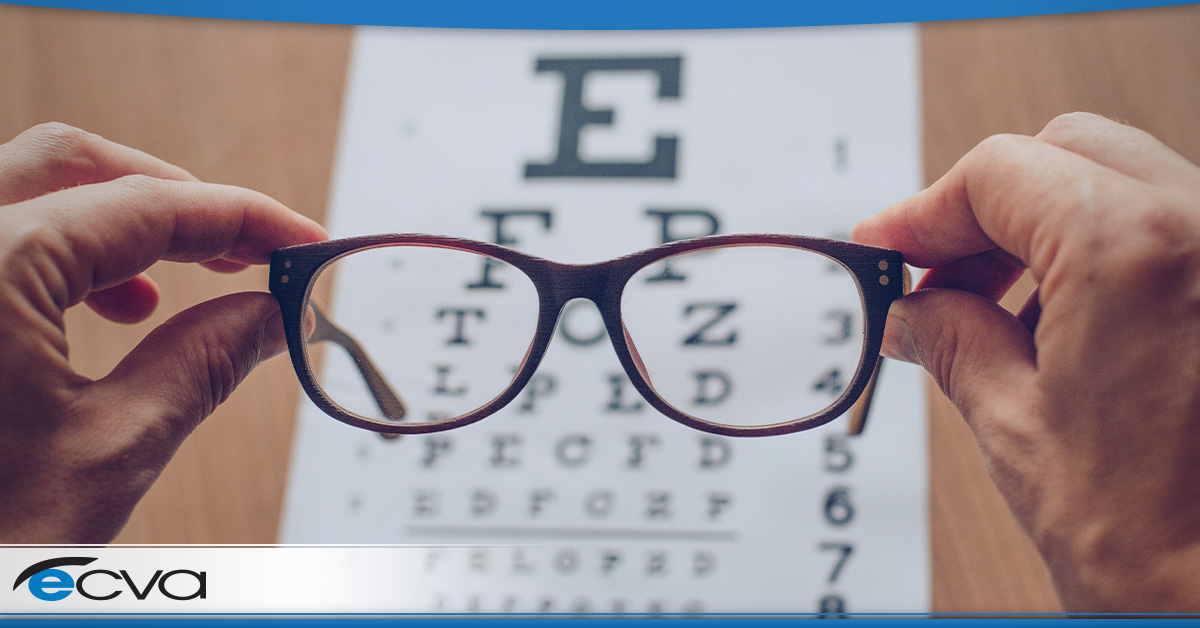Tunnel vision is a highly disruptive condition, making it difficult or impossible to see objects that aren’t positioned directly in front of you. Without your peripheral vision, navigating the world becomes riskier, as you can’t clearly identify objects to your side. As a result, it’s critical to understand what causes tunnel vision and whether it’s correctable. Here’s what you need to know.
What Is Tunnel Vision?
Technically referred to as peripheral vision loss, tunnel vision is functionally the loss or diminishment of your peripheral vision. When it occurs, objects that aren’t directly in front of you become unclear or impossible to see. Essentially, your field of vision shrinks, leaving only the central part intact.
What Causes Tunnel Vision?
There are several potential causes of tunnel vision. In some cases, medical conditions impacting the brain can lead to the condition. Issues with blood vessels or nerves connected to your eyes or vision centers may also cause tunnel vision.
Additionally, there are eye conditions that may lead to tunnel vision. Diabetic retinopathy, glaucoma, retinitis pigmentosa, retinal detachment, retinal vein occlusion, and optic neuritis are all eye diseases that have the potential to cause tunnel vision.
In some cases, migraines may lead to peripheral vision loss. The same is true of hypertension, concussions, and strokes.
Is Tunnel Vision Serious?
Any change to your vision is serious. With tunnel vision, the loss of your peripheral vision impacts your daily life. Along with altering what you can and can’t see clearly, it can lead to headaches, dizziness, and other uncomfortable symptoms, which are often highly disruptive.
Additionally, some conditions require immediate treatment to have the best chance of restoring your vision. Since that’s the case, treating any occurrence of peripheral vision loss as a serious medical event and seeking care immediately is wise.
Finally, some causes of tunnel vision are also life-threatening. Conditions like strokes can lead to peripheral vision loss, though there may be other damage that isn’t causing immediately clear symptoms. If treatment is delayed, the stroke can cause more damage to the brain, which can lead to catastrophic outcomes, including loss of life.
Can You Recover from Tunnel Vision?
Whether tunnel vision is temporary or permanent depends on the cause of the peripheral vision loss. For example, tunnel vision relating to migraines often clears once the migraine subsides. If retinal detachment is the cause, tunnel vision isn’t recoverable unless the proper treatment option is available and pursued quickly. With diabetic retinopathy, stroke, or glaucoma, the peripheral vision loss is often permanent.
As a result, it’s critical to see a medical professional or your eye care provider right away if you’re experiencing tunnel vision. They can determine the cause and recommend treatments that may restore your vision, depending on what underlying condition is responsible. Additionally, some causes of peripheral vision loss are life-threatening, making immediate care essential.
At ECVA, the safety and health of our patients’ eyes are our priority. If you’re experiencing tunnel vision or simply haven’t seen your eye care provider in the past year, the ECVA team is here to help. Schedule an appointment at your closest ECVA clinic today.



